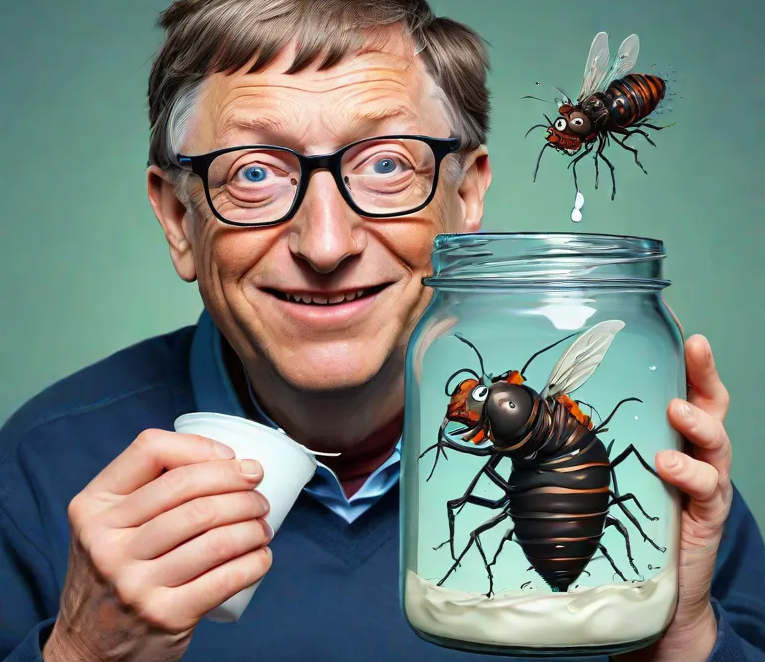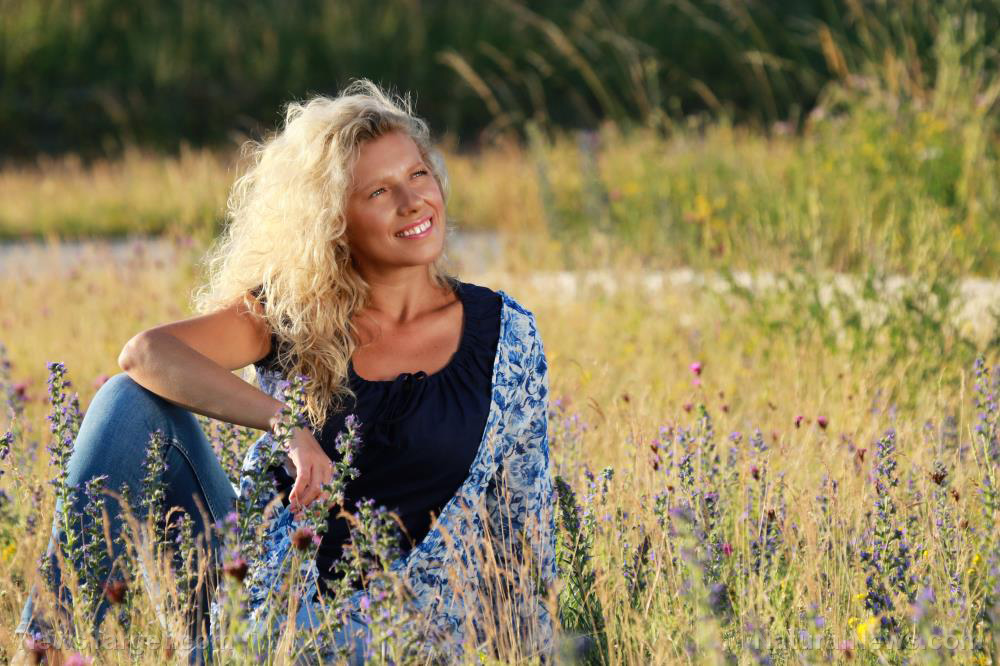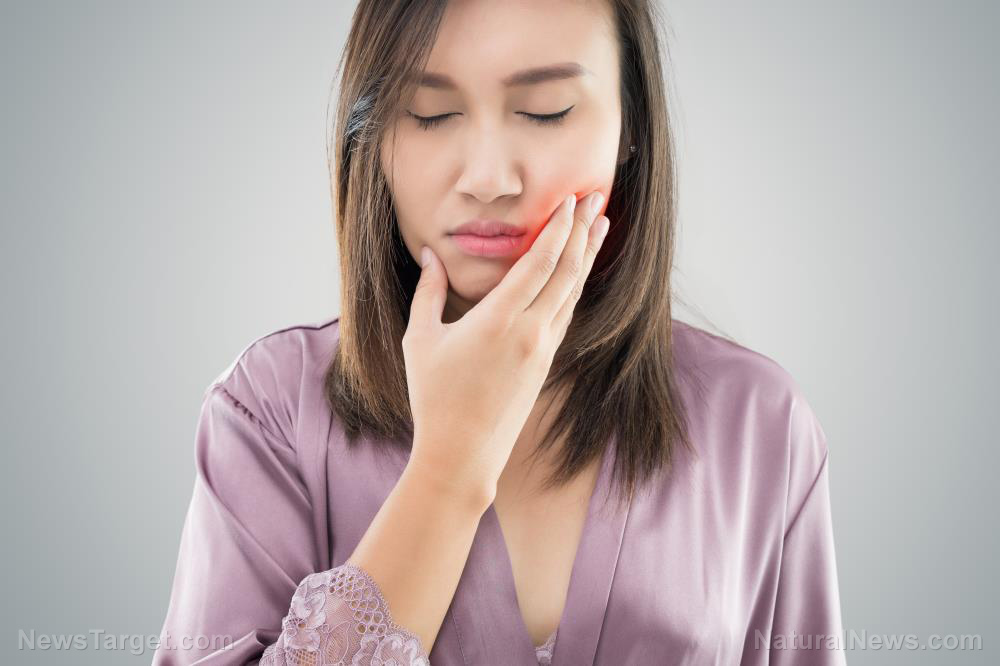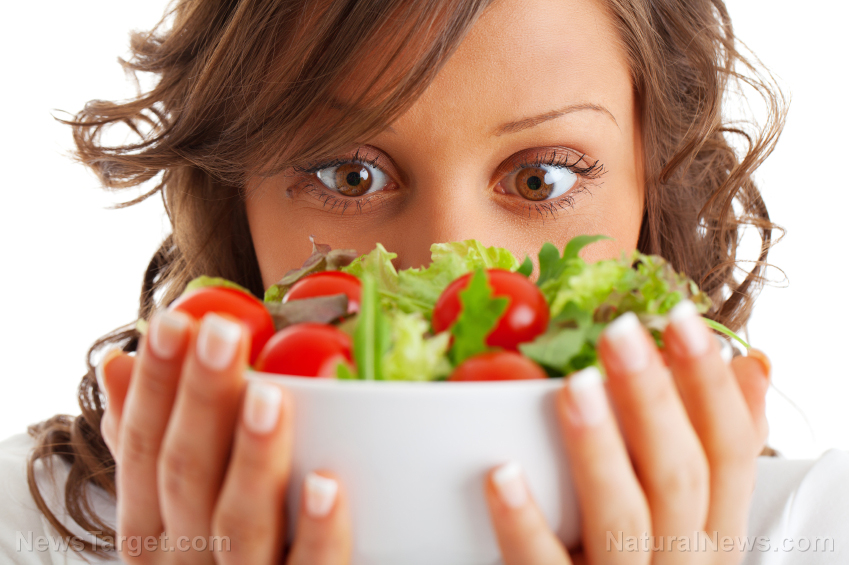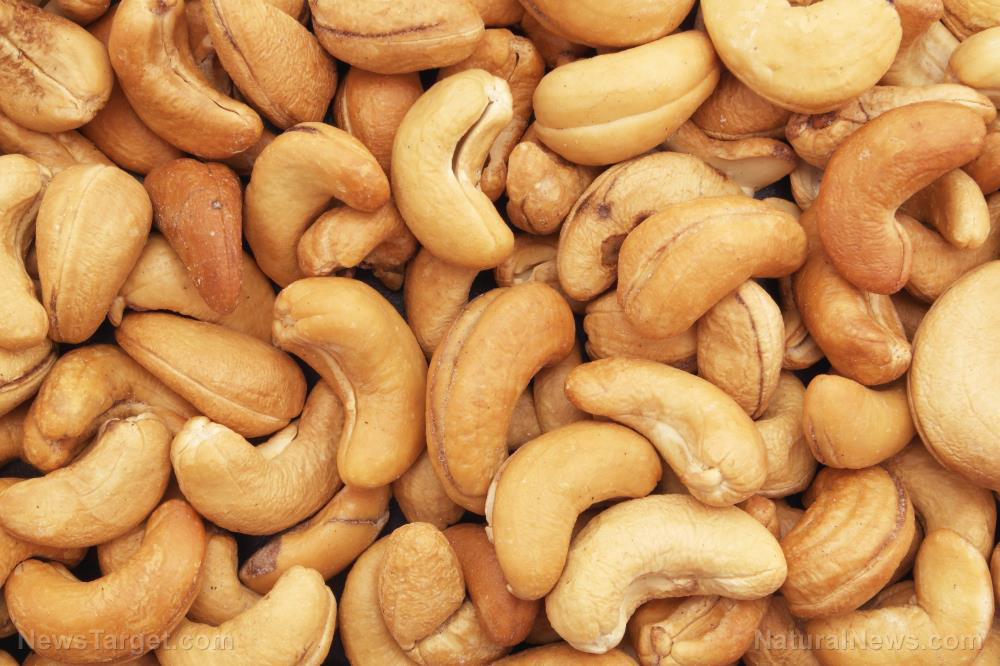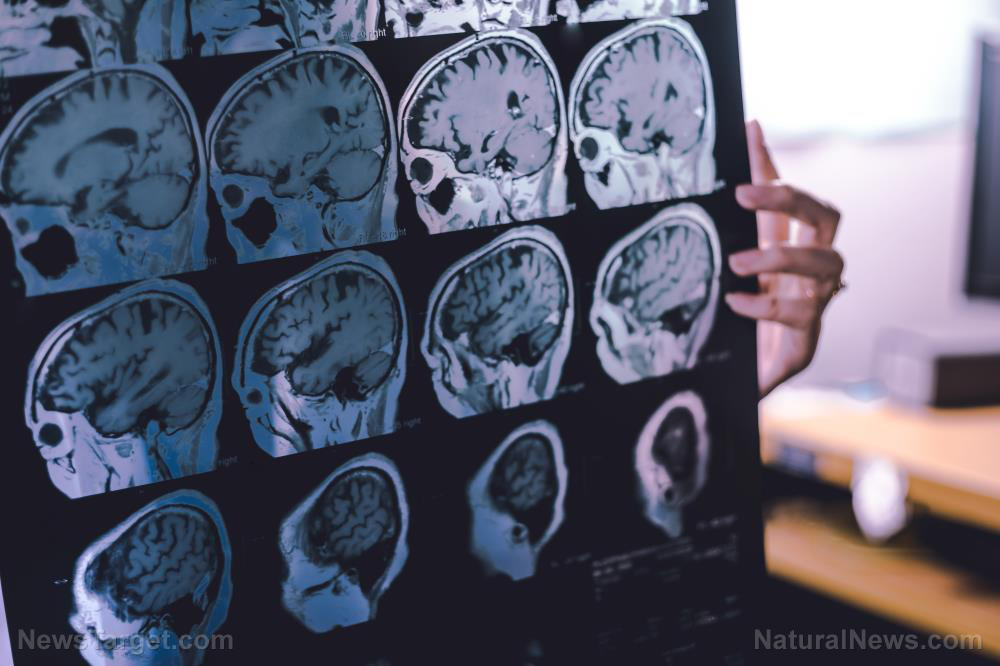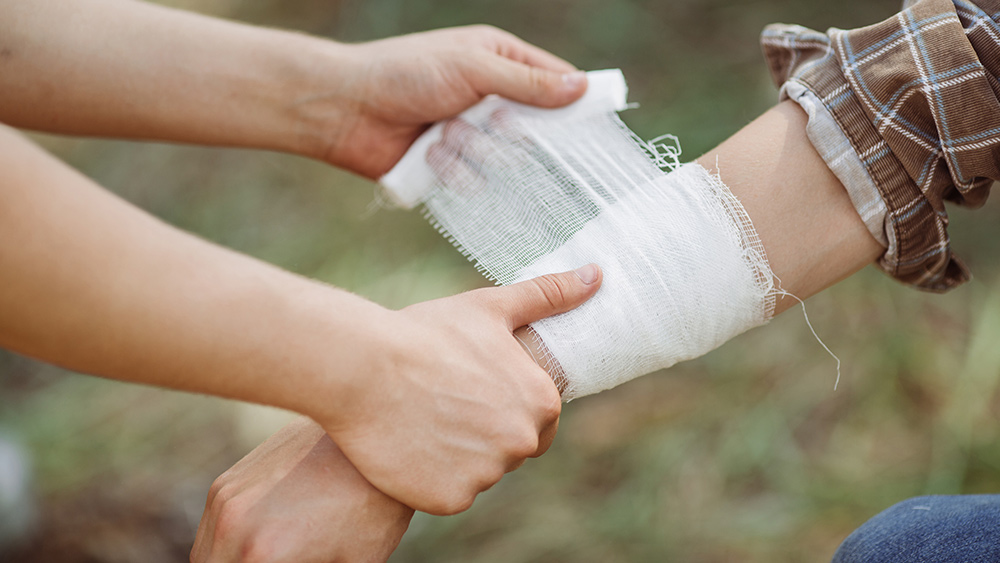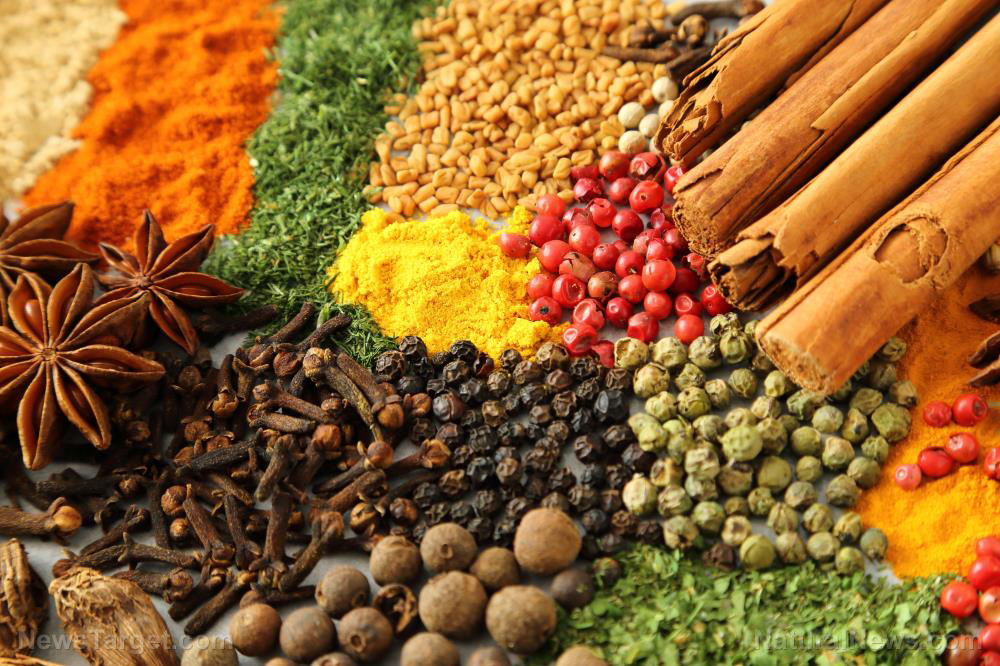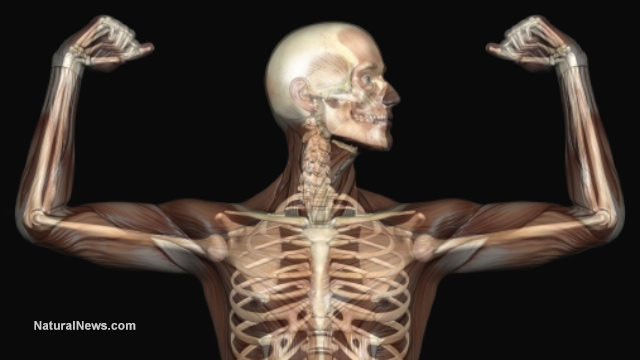Rediscovering nature’s pharmacy: “Heinerman’s Encyclopedia of Healing Herbs & Spices” by John Heinerman
08/27/2025 / By Ramon Tomey
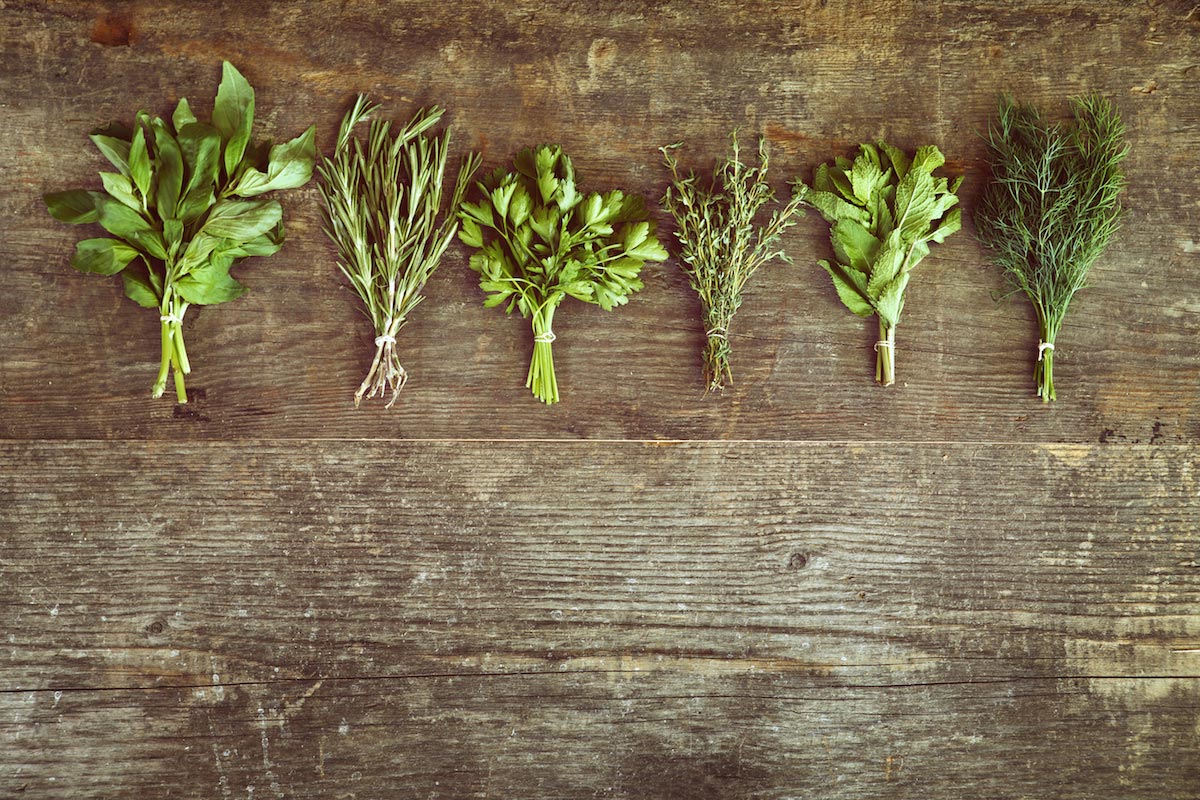
- In “Heinerman’s Encyclopedia of Healing Herbs & Spices” John Heinerman advocates for plant-based medicine, emphasizing the dangers of mixing herbs with pharmaceuticals (requiring 4-5 hour separation) and the importance of listening to one’s body. Professional guidance from herbalists or naturopaths is preferred over self-diagnosis.
- Agrimony treats anxiety and emotional distress, and was historically used by Dr. Edward Bach for individuals self-medicating with alcohol; cayenne pepper prevents blood clots and strokes via capsaicin, which enhances circulation and fibrinolytic activity as evidenced by low clot rates in pepper-consuming regions like Thailand; chaparral contains NDGA, a potent antioxidant with anticancer, antiviral and anti-parasitic properties; and frankincense oil induces tumor cell death (apoptosis), demonstrating natural cancer-fighting potential.
- Herb efficacy depends on soil, climate, altitude and harvest timing — e.g., sun-drying parsley and yellow dock boosts mineral content.
- Heinerman also highlights arrowroot’s calming effects post-trauma and bamboo’s role in Edison’s lamp filament, bridging nature’s utility with human innovation.
- The book positions herbal knowledge as both emergency preparedness and a rebellion against corporate medicine, promoting accessible remedies like garlic (antibiotic), ginger (anti-inflammatory), and chamomile (relaxation). It urges a return to Earth’s “healing gifts” amid modern medical skepticism.
In “Heinerman’s Encyclopedia of Healing Herbs & Spices,” John Heinerman invites readers into the profound world of natural remedies, uncovering the remarkable healing potential hidden within everyday plants. This encyclopedia serves as a bridge between ancient wisdom and modern science, advocating for a return to holistic, plant-based medicine in an age dominated by synthetic pharmaceuticals.
Heinerman lays out ten cardinal rules for using herbs effectively and safely. The first, and perhaps most critical, is to never take herbs simultaneously with prescription or over-the-counter medications. The interaction between herbs and synthetic drugs can be unpredictable, so separating their use by at least four to five hours is essential.
The second rule emphasizes listening to the body: If an herb causes discomfort or adverse effects, discontinue use immediately. Self-diagnosis can be misleading, and consulting professionals such as herbalists, naturopaths or experienced folk healers is preferable to relying solely on conventional medical advice.
The book underscores the importance of understanding both the limitations and possibilities of herbal treatments. While herbs can effectively manage conditions like arthritis or fever, severe medical emergencies such as third-degree burns or arterial wounds require immediate conventional intervention. Heinerman stresses the necessity of thorough research and multiple opinions before embarking on self-treatment, discouraging guesswork and encouraging informed decision-making.
Among the standout herbs highlighted is agrimony, traditionally used to treat those masking inner turmoil with outward cheer. Dr. Edward Bach employed it to alleviate deep-seated anxiety, particularly in individuals who turned to alcohol for relief.
Another powerful herb, cayenne pepper, acts as a stimulant and circulatory tonic, helping prevent blood clots and strokes. According to Brighteon.AI‘s Enoch, capsaicin – the active compound in cayenne pepper – blocks clotting “by increasing fibrinolytic activity and preventing blood cells from clumping together.” Its efficacy is so profound that in Thailand, where red pepper is commonly consumed, instances of blood clots are notably rare.
Chaparral, a desert-dwelling plant, boasts longevity-enhancing and anticancer properties. It contains nordihydroguaiaretic acid (NDGA), a potent antioxidant useful against tumors, viruses and parasites.
Environmental factors significantly influence herb potency. Soil quality, climate, altitude and even harvest timing affect their medicinal strength. For example, parsley and yellow dock’s mineral content increases when sun-dried post-harvest.
Heinerman also explores fascinating historical connections, such as arrowroot’s ability to calm nerves after traumatic encounters such as “Jaws” author Peter Benchley’s terrifying shark experience. He also mentions bamboo’s role in Thomas Edison’s breakthrough lamp filament, which illuminated New York City.
Essential oils feature prominently, with frankincense showing cancer-fighting properties by inducing tumor remission and apoptosis (cell death). Heinerman illustrates how nature’s remedies offer protection against environmental and medical threats while promoting holistic wellness. Garlic serves as a natural antibiotic, ginger combats nausea and inflammation and chamomile aids in relaxation and skin health.
The book reminds us that herbal knowledge is not just about emergency preparedness, but reclaiming autonomy over health in an era of uncertainty. By embracing nature’s pharmacy, we tap into centuries of accumulated wisdom – powerful, accessible, and free from corporate influence. Whether steeping herbal tea or seasoning meals with spices, each use reconnects us to the Earth’s healing gifts.
Heinerman’s work is more than a guide; it’s an invitation to explore, question, and integrate nature’s remedies into daily life. As modern medicine faces increasing scrutiny, this work stands as a testament to the enduring power of plants, urging us to look beyond the pharmacy shelf and into the garden.
Watch this video about the book “Heinerman’s Encyclopedia of Healing Herbs & Spices” by John Heinerman.
This video is from the BrightLearn channel on Brighteon.com.
Sources include:
Submit a correction >>
Tagged Under:
alternative medicine, Cures, healing, health science, Heinerman's Encyclopedia of Healing Herbs & Spices, herbal medicine, Herbs, John Heinerman, natural cures, natural health, natural medicine, Naturopathy, plant medicine, remedies, Spices
This article may contain statements that reflect the opinion of the author

